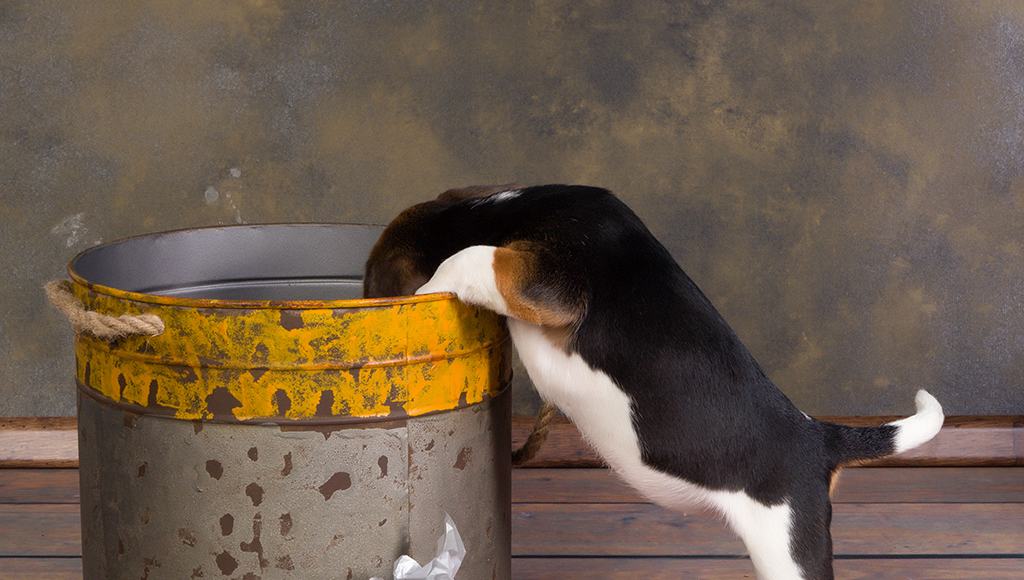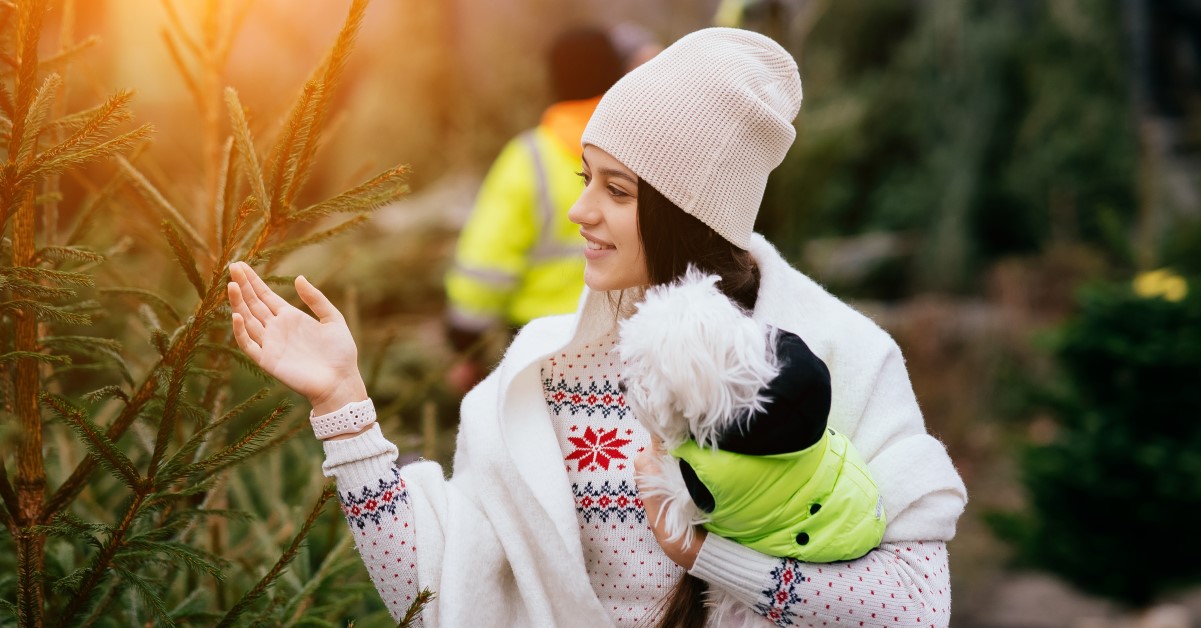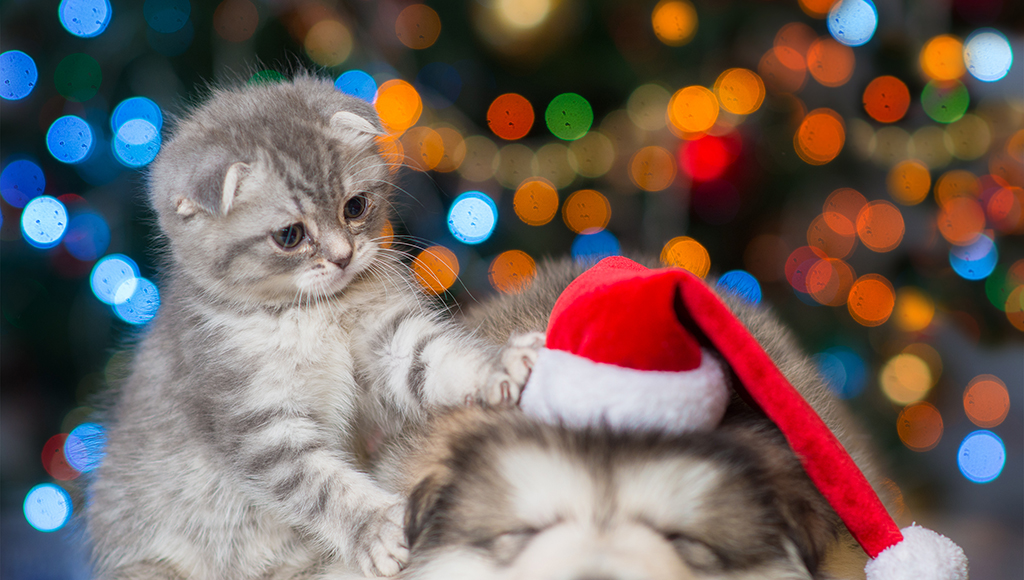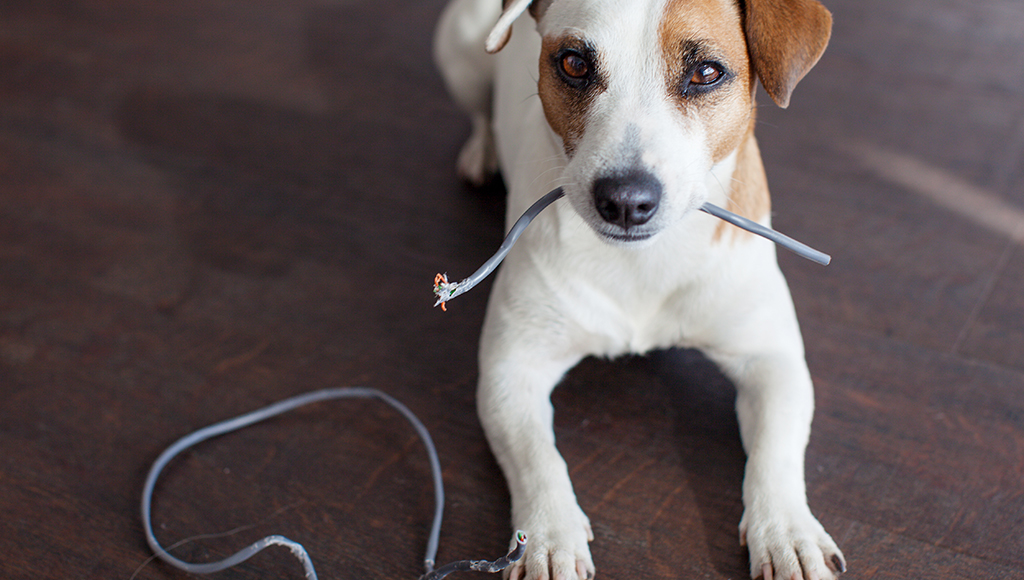Keeping Our Homes Safe For Our Pets
A helpful list of things to check in your home to make sure your pet is safe

We sometimes take for granted how safe our home is when it comes to our pets. Because we know what is safe and what isn't, we forget that our beloved pets can not always distinguish what may be harmful to them. They trust us to keep their environment safe. Just as you would make sure your home was safe for a toddler or young child; you should make sure it is safe for your pets too. We'll look at several areas we can check to make sure our home is safe.
Cats being naturally curious creatures will crawl into spaces that you may think are impossible to get into. It’s a good idea to make sure all attic outlets and doors are securely closed and fastened. Attics can become dangerously hot in the summer or bitterly cold in the winter. A trapped cat or other pet could die if not discovered for lengthy period of time. Depending upon the age of your home, there may also be wall vents or grates that are loose or do not fit as tightly as they once did. Cats, ferrets and small pets like rats, mice and gerbils can easily find their way into duct work.
Cleaning supplies and toxic liquids can be tempting for cats, simply because they tend to lick things. Double check all containers and make sure they are not leaking and that all caps are secure. Clean up any leakage that may have run down the side of the containers, in case your cat or other small pet should accidentally get inside your cabinet. Many cleaning fluids are toxic. Make sure your cabinet doors close completely and the latches are tight. Cats have amazing dexterity and strength in their paws, not to mention a good deal of tenacity to go along with their curiosity.
Some dogs spend a good deal of time outdoors in the yard, and can sometimes find their way into the garage or tool shed where chemicals such as pesticides and anti-freeze are kept, as well as sharp tools. For added safety to everyone, not only your pets, To be safe, make sure all spills are cleaned up immediately. If your dog is thirsty and wanders into these places; he may begin licking any puddle he sees, unaware of its danger. To your dog, all puddles look drinkable and you can't count on the odor to turn them away, especially since not all chemicals have harsh odors. Sharp tools can also be found in a garage or shed, so make sure these items are never left down low where your pet could possibly sniff or lick them and seriously cut their tongue or face.
We love to give our pets toys; however, not all toys are appropriate for all children, and the same is true for your pets too! Dogs and domesticated rodents are determined nibblers and will chew on just about anything. Do not give your pet clothing to play with or chew on. This not only confuses the pet as to what is "okay" or appropriate to chew and he may choke on the item as it begins to break apart. It’s a good idea to keep away items that shred too easily or could get caught in their throat, or cut their mouth. Soft toys should be examined often to make sure the stuffing has not begun to fall out. Bear in mind that when providing a toy that was not made for a dog but for a child, check the label and make sure it doesn't say not for children under 3. This is usually a warning that the stuffing or insides of the toy cannot be digested and may contain harmful or toxic substances or may not pass easily through intestines, should it be ingested.
Rawhide chewing toys are a popular choice, but they can be dangerous too. Old rawhide chews tend to get rotten and smell bad. Also, they may cause diarrhea. If you decide to use hooves, pig's ears, and other non- or semi-digestible treats, be sure that they are too large to be swallowed whole, or small enough to pass all the way through your dog's system. The right chew toys can be great for puppies, letting them sink their teeth into something while helping to keep their teeth clean at the same time.
We sometimes keep our pets in special cages or kennels during the overnight hours, both for their safety and for our own peace of mind. If using a pet kennel for your dog or cat, make sure it is in good shape. Check it regularly for cracks, broken hinges or broken wires (if it is a cage style kennel, rather than a plastic one). Make sure the flooring is smooth and has no cracks. A pet could easily pinch the pads of its paws or cut them if any of the interior surfaces are coarse or damaged. It’s common practice to put your pet’s favorite toy in the kennel to help comfort him. Be sure the toy you select does not have long cords or attachments that could become wrapped around your pet’s neck or limbs. If you are going to put a blanket or towel in the cage, make sure there is plenty of room so your pet does not become tangled in the blanket and suffocate.
Pet doors; miniature swinging doors installed at the base of an existing door allowing your dog or cat easy access to the outdoors, may be convenient for you, but may pose a danger to your beloved pet. Check the door regularly to make sure it swings easily on its hinges in both directions so that your pet does not get stuck, which could cause serious injuries. If the swinging door has become worn, replace it if necessary. Watch your pet when it uses the door. Make sure the entry is the proper size. Your pet should be able to move easily through the pet door opening with no difficulty. If he looks as though he is having to force himself through the space, you may need a larger pet door.
A safe home, good common sense and a keen awareness of your pet at all times will help keep your pet safe and happy.
Ready to start saving money on pet wellness care?
Then take a look at Mint Wellness, the pet wellness plan that provides fast reimbursement on routine pet care. Save on vaccinations, wellness exams, preventatives, dental, and more!
Learn More


